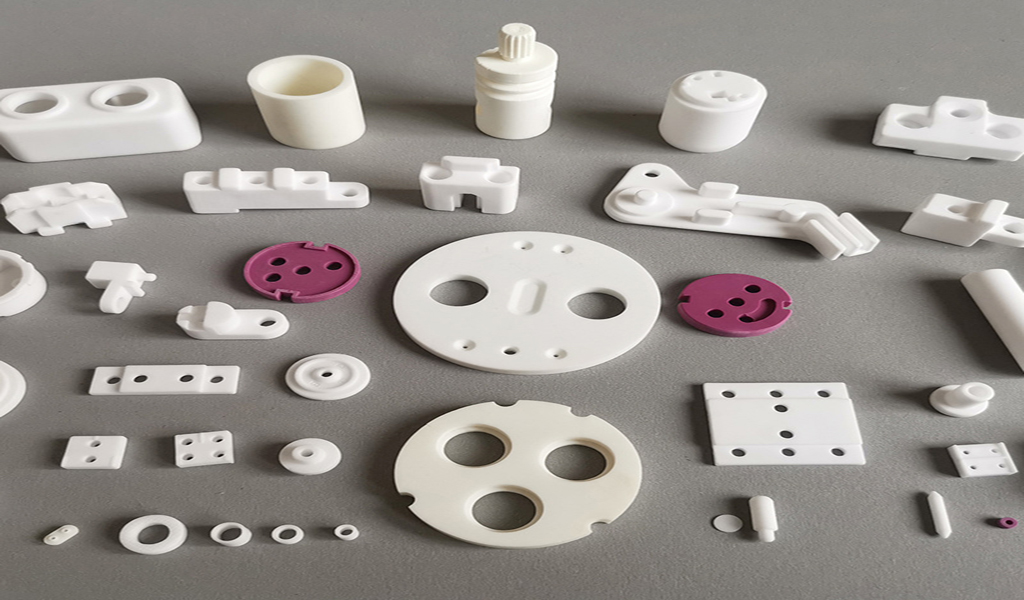Although zirconia ceramics have many excellent characteristics, there are still many problems in the use of dispensing ceramics made of them. To sum up, there are 8 points. The following Pintejin Ceramics Factory will analyze it for you.
1. Ceramic dispensing valve dripping
This situation often occurs after the dispense valve is closed. 95% of these cases are due to the use of needles that are too small in diameter. A needle that is too small can interfere with the flow of fluid and cause back pressure, which can result in dripping shortly after the valve is closed. A needle that is too small can also interfere with the valve’s bleed action when it is initially used. This problem can be solved simply by changing to a larger needle. The tapered angled needle produces the least back pressure and the smoothest fluid flow.

2. Ceramic valve
The air in the liquid will drip after the valve is closed. It is best to remove the air in the liquid in advance, or use a glue that is not easy to contain air bubbles. Or use the gel after centrifugation and defoaming.Dispensing valve core sleeve 3. The size of the ceramic valve is inconsistent
When the glue is inconsistent, it is mainly caused by the instability of the pressure cylinder or the air pressure that stores the fluid. The intake pressure regulator should be set at 10 to 15 psi below the factory minimum pressure. The pressure used in the pressure cylinder should be above the pressure in the middle of the pressure regulator. Avoid using the pressure in the low pressure part of the pressure gauge. The control pressure of the glue valve should be at least 60psi to ensure stable glue output. Finally, the glue time should be checked. If it is less than 15/1000 seconds, the glue will be unstable. The longer the glue time, the more stable the glue.
4. The flow rate of the ceramic dispensing valve is too slow
If the flow rate is too slow, change the tubing from 1/4 to 3/8. The pipeline should be as short as possible if not needed. In addition to changing the tube, it is necessary to change the glue port and air pressure, which completely speeds up the flow rate.
5. Air bubbles in the dispensing valve fluid
If the fluid pressure is too large and the valve opening time is too short, air may penetrate into the liquid. The solution is to reduce the fluid pressure and use a tapered beveled needle.
alumina ceramic ring 6. Instant glue is blocked on the valve joint and pipeline
This situation is mainly due to excessive moisture or reused instant glue. Make sure to use fresh instant glue. The tubing was thoroughly cleaned with moisture-free Aceton acetone. The air used should be determined to be dry and a filter should be installed between the air pressure and the valve system in the factory.
7. UV glue (ultraviolet curing glue)
Be sure to use black tubing. Do not directly add UV glue to the old UV glue of the pressure cylinder. First let off the original UV glue, and then pour the UV glue into the empty pressure cylinder. The UV glue in the pressure cylinder often produces bubbles after a period of time, which causes the glue to be unstable.
8. Dispensing ceramic valve needle
In general needles smaller than 20 gauge can cause air problems – dripping or sagging. Try to use a larger size general metal needle or a tapered bevel needle. Avoid using coiled or Teflon needles.
[wp_reusable_render id=2239]
